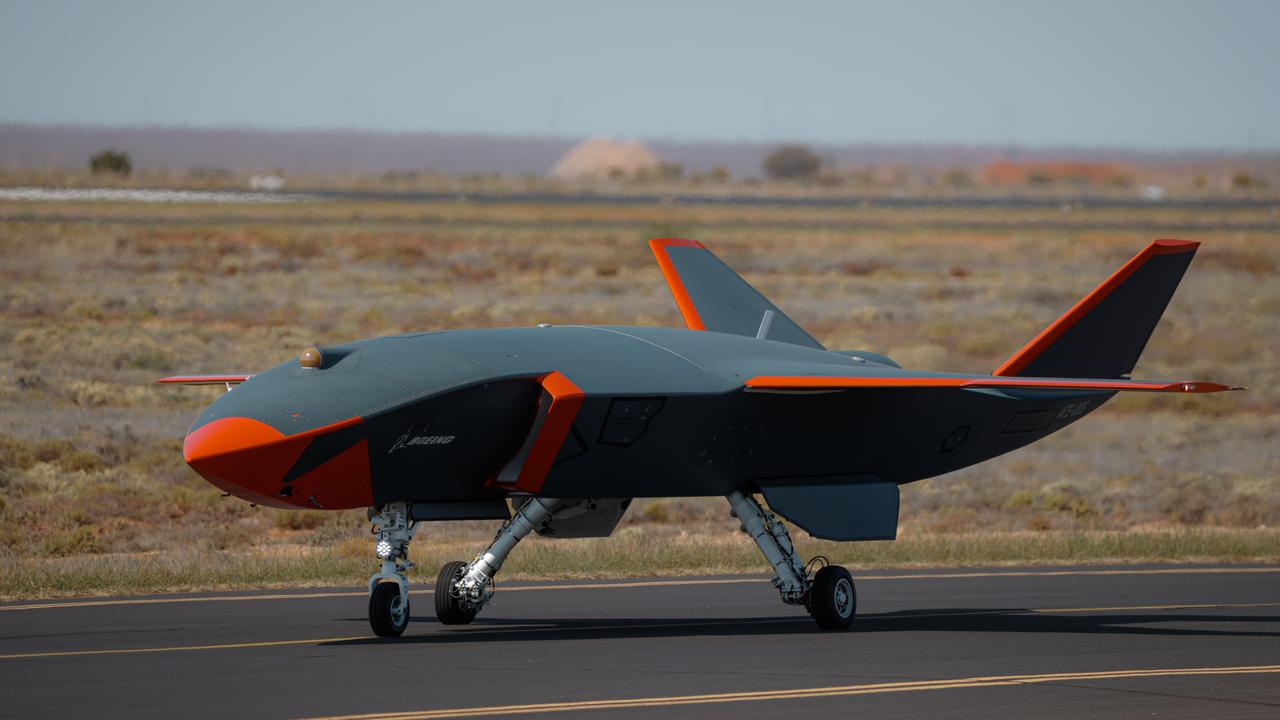Compatibility key in Pitch Black’s use of force multipliers
One of the more unusual initiatives undertaken during the Pitch Black 2024 exercise last year was the concentration of air-to-air refuelling aircraft from several nations at RAAF Amberley, near Brisbane.

One of the more unusual initiatives undertaken during the Pitch Black 2024 exercise in the middle of last year was the concentration of air-to-air refuelling aircraft from several nations at RAAF Amberley, near Brisbane.
Amberley is home to the RAAF’s Airbus KC-30A tanker aircraft, but what made the use of the base so unusual was that the simulated air war took part each day and night more than 2800km away, over the Northern Territory.
Held biennially, Pitch Black is the RAAF’s premier air combat exercise, and the 2024 event involved about 140 combat aircraft from 16 countries. This concentration of force at just two air bases in the NT – Darwin and Tindal, near Katherine – meant aircraft parking space was limited and was the main reason for the large tanker aircraft being based so far away.
Tankers are force multipliers and the amount of fuel they can offload to fighters during a mission can extend the time each jet stays in the fight. In Pitch Black 2024, the opportunity was taken to establish an international tanker hub at Amberley to co-ordinate this work.
The RAAF contributed two KC-30As, one based at Tindal, while the UK’s Royal Air Force, the French Air Force, the Republic of Singapore Air Force and Europe’s Multinational MRTT Unit (MMU) contributed very similar Airbus Multi-Role Tanker Transport (MRTT) aircraft.
In addition, the Italian Air Force provided two Boeing KC-767 tankers to the hub at Amberley, and the French based a turboprop Airbus A400M in Darwin.
“We’ve set up an air mobility hub here at Amberley, where we have visiting MRTT aircraft, 767 aircraft, A400Ms and air mobility support aircraft and we are operating together as if we are operating in forward location coalition air base,” explained the Officer Commanding No.86 Wing, Group Captain Stephen Monypenny during the exercise. “For us, it’s a great opportunity to test our command-and- control network, test our interoperability with our international partners and let our teams know that, while this is busy and we have a lot of foreign participants here, this is everyday business.”
Because most of the partners flew KC-30/MRTT variants, based on the successful Airbus A330-200 airliner, information sharing and cross training were a further benefit.
“Our primary training objective was to make sure we were able to deploy like we did and support an exercise like this and, as far as Pitch Black 24 goes, we want to make sure we’re able operate with different nations in an international environment,” explained Major Marius Piel of the German Air Force and MMU Detachment Commander at Amberley.
“All the other participating tanker nations bring more experience than we do. We’re a really young unit, so all the other nations – especially the ones that fly the MRTT like we do – have more experience in operating the aircraft and we’re eager to learn from them. We have exchange flights with them, we conduct briefings with them so, in terms of interoperability we are learning from the experiences of other nations. This is definitely one of the goals we had when we came here.
“Our Australian hosts have been very forthcoming and have helped us out and I have to say it’s running very smoothly.
One of the interesting aspects of operating from a base so far away from the exercise airspace is that it gives international tanker crews – particularly those from Europe – an opportunity to experience the long-distance transit flight common to the Pacific theatre.
A further advantage of Pitch Black 24 was the sheer number of aircraft participating, with upwards of 50 fighter jets fighting in the airspace at any given time.
“The biggest learning point will be how they conduct tactical operations of that scale, because it’s a huge exercise in terms of the numbers of fighters in the airspace. It doesn’t really happen often in Europe,” explained French Air Force Detachment Commander Captain Etienne Faubeau.
“Our major goal here is to train our Air Refuelling Operators (AROs) and our crews to refuel as many fighters and heavy receivers as possible, and we’d like to broaden our refuelling skills and expand our clearances for all the aircraft operating in Pitch Black. We’re really keen on refuelling as much as possible.”


